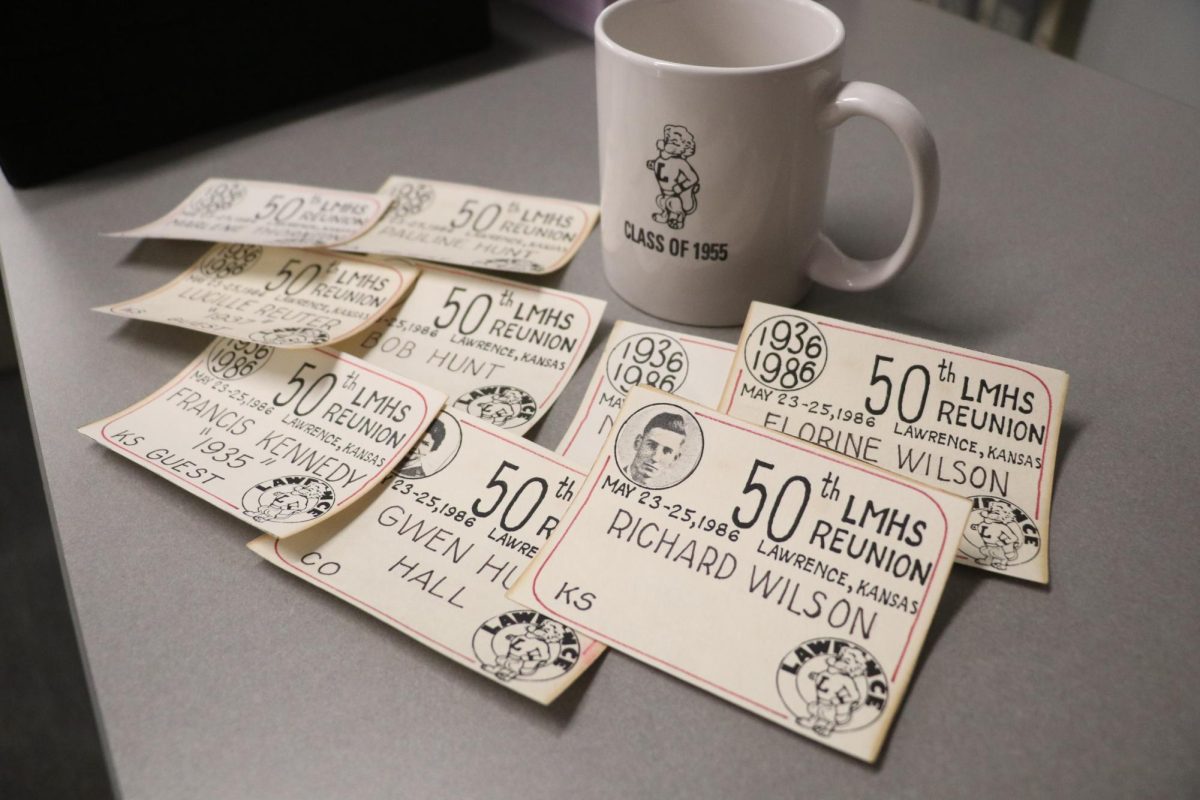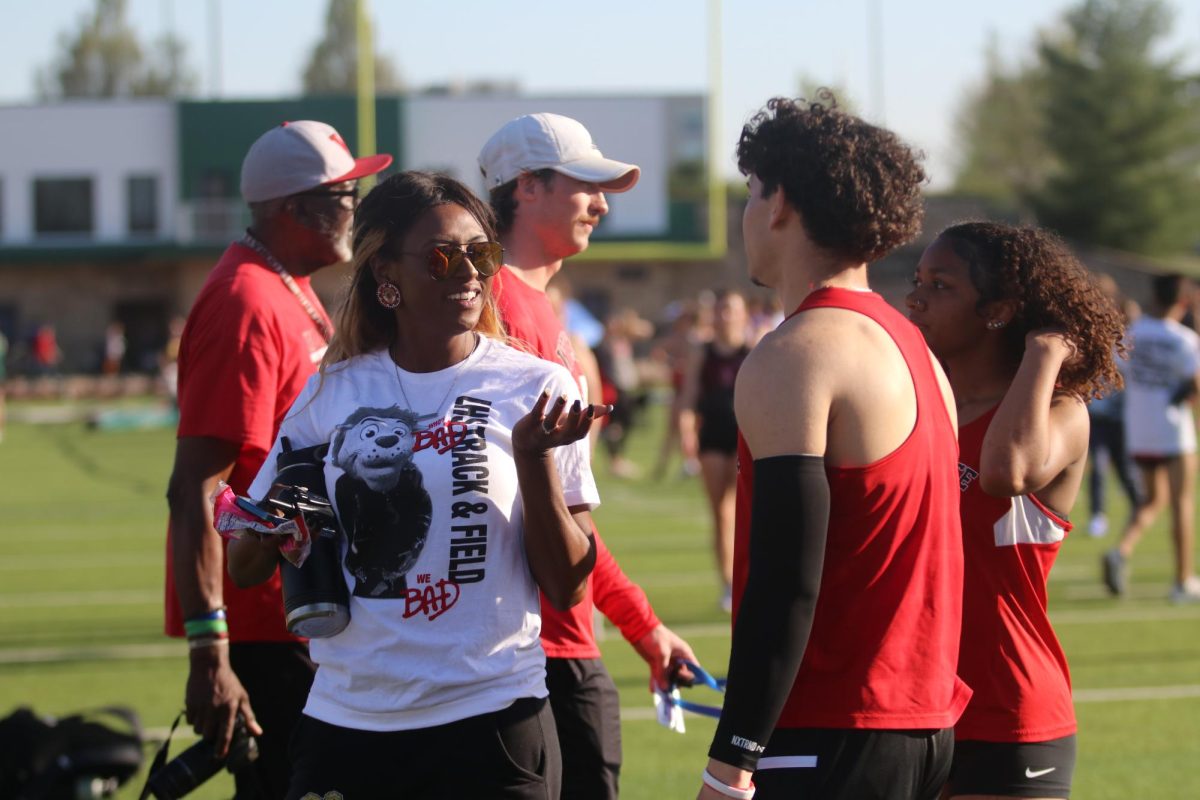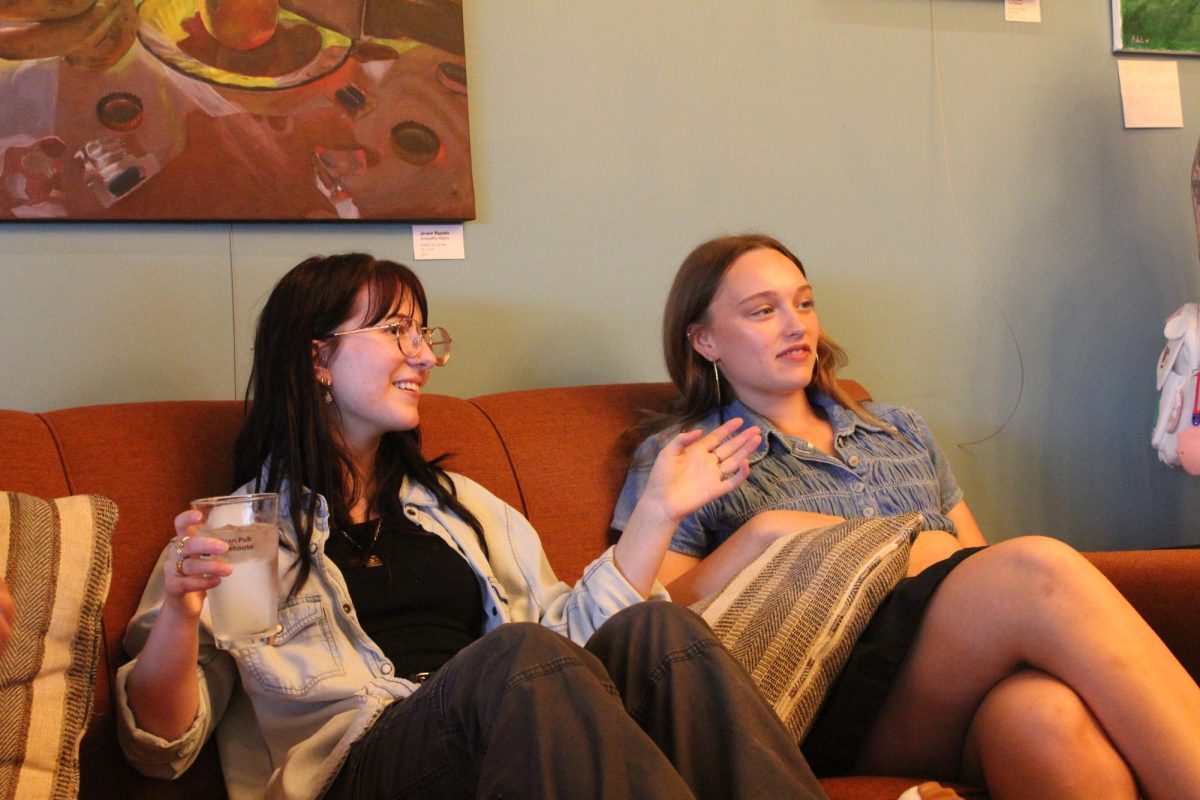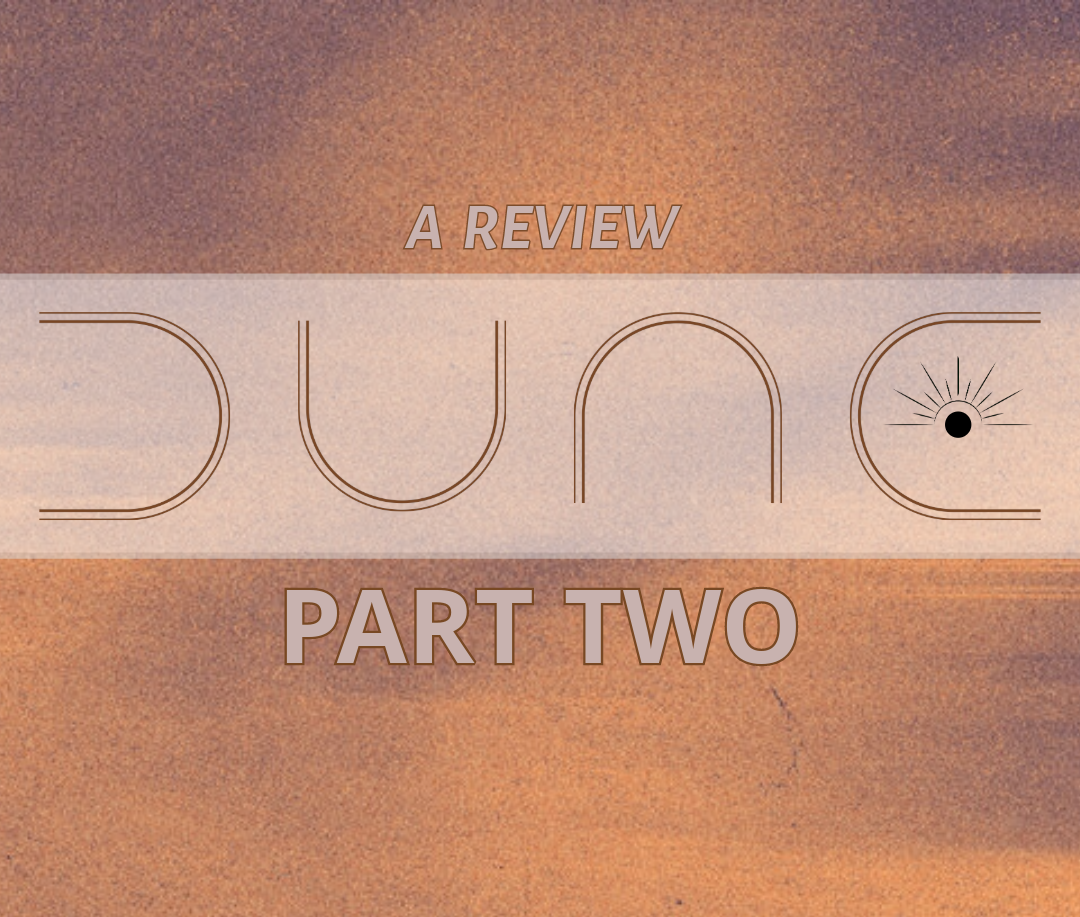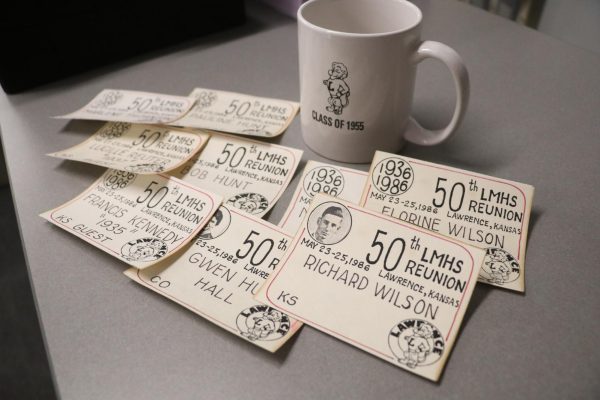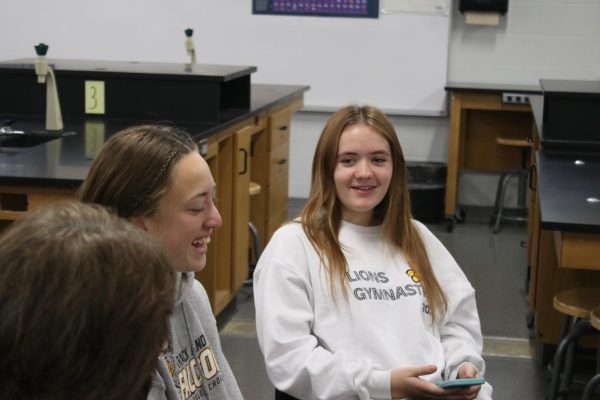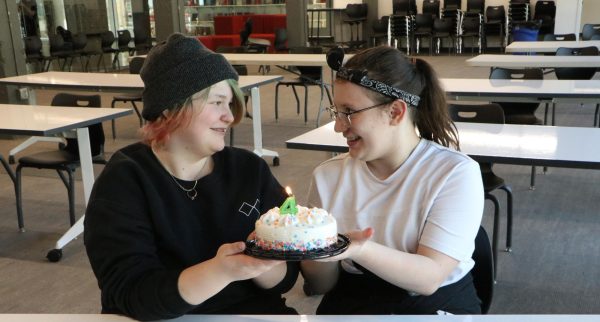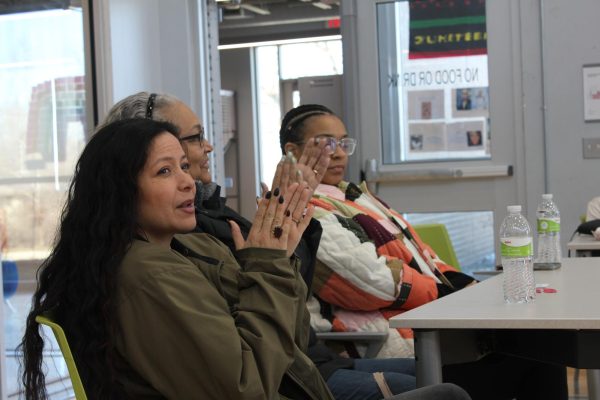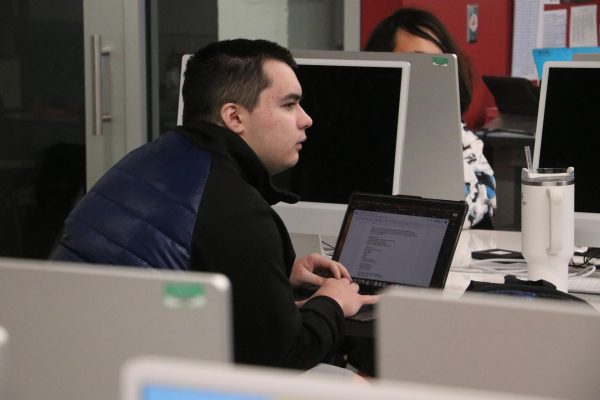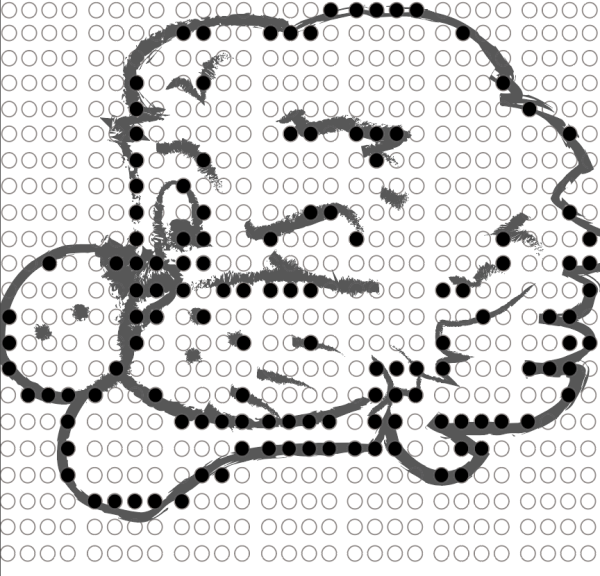Hookah gains popularity among teens over 18
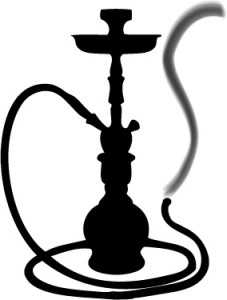
October 28, 2013
Graphics by Joaquin Dorado-Mariscal
By Kendra Schwartz
As her fellow cheerleaders cheered for their team in the Homecoming game and at Rally ‘Round the Lion, senior Haley Powers was missing from the front row of upperclassmen.
After being caught smoking tobacco out of a hookah the week prior, Powers said she was suspended and forced to sit out for a game. Faculty learned of this incident when Powers posted a picture of herself smoking out of a hookah on Instagram, catching the eyes of fellow spirit squad members.
“I don’t think it’s going to affect the way I am with the team or the way we interact,” Powers said. “It just means I’m just not going to put that kind of stuff on Instagram anymore because apparently I can get in trouble for it.”
Across the student body, hookah use is becoming more common. In 2010, the Monitoring the Future survey found that 17 percent of high school seniors used hookahs in the past year. Other studies show usage expanding at the college level from 22 to 40.5 percent, according to the Centers for Disease Control and Prevention.
Like cigarettes, using a hookah is legal for those 18 and older. And like cigarettes, it isn’t as damaging to the brains of users as alcohol or marijuana, said Jen Jordan, director of DCCCA. DCCCA provides education, treatment and prevention services in Lawrence.
“There is reports of high school use in Lawrence, and they’re using alcohol and marijuana much more than they’re using tobacco,” she said. “But any drug that is taken in a smokeable form can damage the lungs.”
Although Powers is 18 and can legally use hookah, according to the code of conduct, athletes are prohibited from using any drugs, including tobacco. Students must agree to those expectations before participating.
“[The Athletic Director Bill DeWitt] called me into the office during class, and was like, ‘You’ve never been in trouble before. You can’t do this,’” Powers said. “Part of the thing is, no athlete is allowed to use tobacco at all, so it doesn’t matter if anyone sees me doing it or not. No one on the football team, no one on any team can smoke cigarettes.”
Although Powers understands her punishment, she is reluctant to agree with the validity of the policy itself.
“Mine happened to get caught,” Powers said. “But the school doesn’t need to be monitoring everything everyone is doing online because that’s not the school’s job. They’re not going to catch everyone. I just got the short end of the stick. I understand why they had to punish me. It’s just standard procedures.”
Some argue there are misconceptions about what hookah is.
“Hookah is actually the device you smoke out of and what you put in it is the shisha,” senior Michaela Mack said. “People think you smoke hookah, but you use hookah to smoke it. But the shisha you smoke is tobacco and molasses, which when heated by charcoal makes the smoke.”
Although both cigarettes and shisha contain tobacco, these two methods differ greatly.
“It’s a harsher than smoking a pack of cigarettes, but how often people use it is a lot less,” Mack said. “You can get addicted but there’s less nicotine in the tobacco so its less addicting.”
According to the World Health Organization, an hour-long hookah session is equal to smoking five to ten packs of cigarettes, but hookah smokers do tend to smoke less frequently.
Additionally, the Center for Disease Control and Prevention says the charcoal used to heat the tobacco in hookah is dangerous for other reasons. The high levels of carbon monoxide, metals and other chemicals can even cause cancer in the lung, bladder and mouth.
Some people associate hookah use with smoking marijuana, but hookah actually originated in the Safavid dynasty in the Persian empire and soon became popular across the Middle East.
“People think it’s a bad thing to do, when really hookah is like a social activity,” Mack said. “It originated in the Middle East and old guys there use hookahs their entire lives, and what they do is just sit around and talk to their friends.”
Other students are beginning to jump on the hookah bandwagon as the device grows in popularity.
“As it’s gotten more popular it has become more acceptable,” Mack said. “I don’t think you get looked down upon as much just because tons of people do it all the time, like it’s the thing to do when you turn 18. I think it has changed in a more positive way recently because a lot of people have learned what it is and that it’s not as harmful as they thought.”
Although many adults worry of this new fad’s damaging effects on young people, students are reluctant to see the long term harm in hookah.
“The cultural aspects of hookah are more important than the medial consequences of tobacco and smoke inhalation,” senior Emily Wangler said. “It is a legal way to have fun and socialize, like drinking. Generally speaking, the adverse effects are less than those of marijuana and alcohol.”



